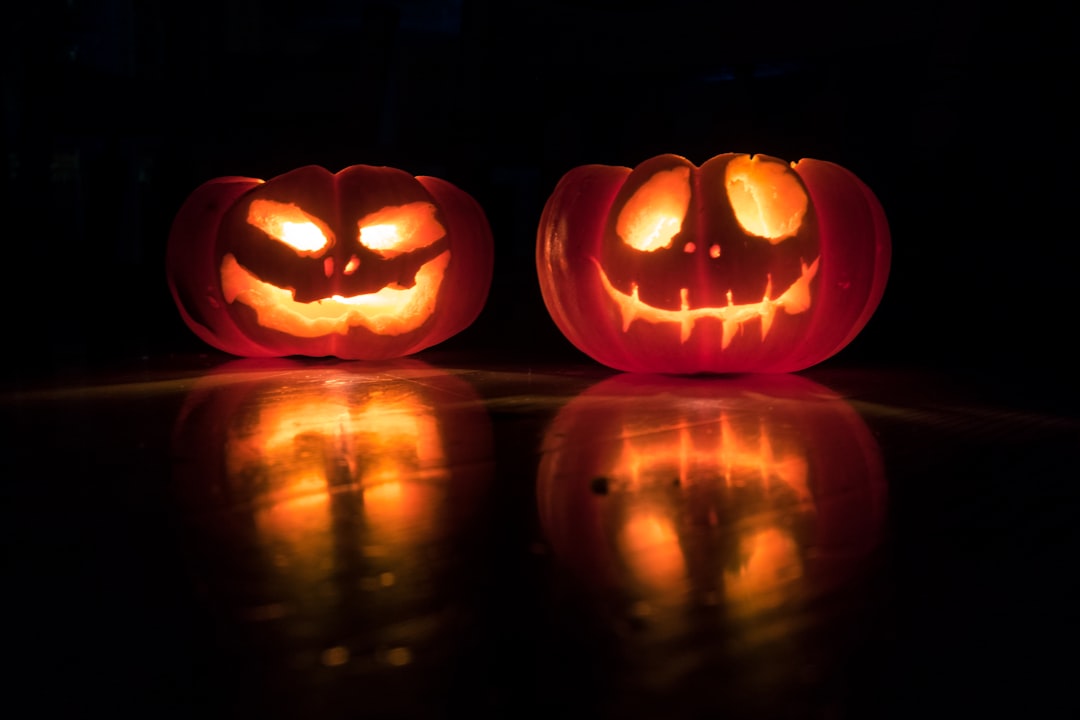Daily Diary, October 14, 2022, Day 773:
“The feast of All Saints, which was ushered in Friday evening by the old-fashioned games of ‘All Hallows’ E’en, was yesterday celebrated in the Catholic and Episcopal Churches.” San Francisco Chronicle, 1879
Every year I like to celebrate Halloween by discounting Uneasy Spirits, which is set San Francisco during October 1879 and describes how the holiday was celebrated back then. This year I have discounted the ebook and audiobook editions to $1.99 and you can find out where to get these discounts HERE.
Meanwhile, here is a little bit about the research I did for this book. When I started out, I had no idea how people in 1879 San Francisco would have celebrated this holiday. Did they trick or treat? Wear costumes? Have jack o’lanterns? I had some vague idea that in the 19th century, young boys in small towns went around tipping over outhouses on this night, but beyond that, I didn’t even know if anyone would actually celebrate this night at all, much less how, in a larger city like San Francisco.
The first clue came with the quote above, the mention in the San Francisco Chronicle of “old-fashioned games of All Hallows’ E’en.” I now knew to look for what someone in 1879 would consider “old fashioned games,” which led me to several internet sites that reported on Halloween, including an article in Harpers Magazine for 1886.
All these articles agreed that, while Halloween’s roots can be traced back to a number of ancient cultures and religious beliefs, in the 19th century it was the Celtic peoples, particularly the Irish, who had the strongest influence on the development of Halloween as a night of celebration. It was the Irish who seemed responsible for turning October 31 into a night of fun and games, and Irish immigrants brought their traditions with them to America, profoundly influencing how this country celebrated this holiday.
I couldn’t have been more pleased with this information because the Irish were an enormously important ethnic group in San Francisco in 1879. They not only made up a substantial percentage of the working class of the city, they also were represented among some of the economic and political leaders of the city (men like James Flood and William O’Brian, dubbed the Silver Kings, and Frank McCoppin, a former mayor.)
Once I knew about the prominence of parties as the way to celebrate Halloween in this time period, it was easy to decide that my series protagonist, Annie, would host a party at the boarding house she owned, with her Irish cook Beatrice O’Rourke and maid Kathleen Hennessey inviting their friends and family. This became the perfect setting for one of the main climatic scenes in the book.
And what a fun party that was to write. There were indeed jack-o’lanterns at that time (in Ireland the tradition was to use turnips!), and I was able to work a pumpkin into the plot in what I thought was an unusual way. In addition, there were games like “snap apple,” dancing, and special foods, like the barmbrack cake (which had a ring baked in it and the girl go got the slice with the ring would be married within the year) which was one of several elements of Halloween activities that revolved around trying to foretell the romantic futures of participants.
If you are interested in the roots of this holiday in Ireland, check out the links below, and I’ve also include a link to barmbrack cake. Enjoy!
https://ultimatehistoryproject.com/halloween.html
https://www.savingdessert.com/barm-brack-irish-halloween-bread/




Ah! So good to do real life research for writing and make discoveries. Thank you for this post!